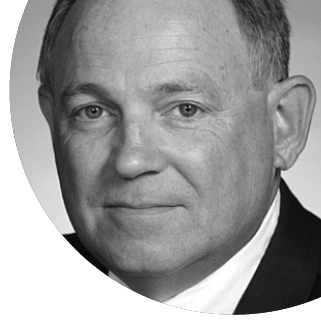The 114th Session of Congress began at the start of the new year. Although few legislative issues regarding occupational health and safety have been introduced so far—and I don’t expect very many—it’s clear that regulatory reform issues are at the top of Republicans’ agenda. BILLS IN THE MIX Rep. Bob Goodlatte, R-Va., has introduced HR 185, a bill to reform the process by which federal agencies analyze and formulate new regulations and guidance documents. This bill would alter the federal agency rulemaking procedures and require agencies to adopt the least costly regulatory alternatives, publish advance notice of proposed rulemaking for major rules, and hold hearings on high-impact rules. Agencies would also be required to adopt rules only on the best reasonably obtainable scientific, technical, and economic basis. The bill passed the House, and while it may pass the Senate, President Obama has already signaled his intent to veto if it makes its way to the White House.

Congress did express a concern in the final NIOSH budget regarding lack of progress in developing a certification standard for combination unit respirators. Another negative aspect related to NIOSH funding is that the agency has stopped collecting agricultural injury data due to increased costs and future budget uncertainty. This is likely only one of many issues NIOSH will face in the coming years of tighter federal spending.
I’m glad to see that NORA funding will continue and that it makes up a large part of the total NIOSH funding package. This program began in 1996 as a partnership to stimulate innovative research and improve workplace practices. With nearly 20 years of accomplishments, NIOSH is undertaking an evaluation for the second decade of NORA work. The agency is accepting feedback until the federal docket closes on March 24.
And yes, Ebola is still an issue, even though the media and others seem to have moved on to the next story. But NIOSH and OSHA haven’t yet relegated the issue to the back room. In fact, the two agencies recently released a fact sheet to help healthcare workers, responders, and employers prevent work-related fatigue while tending to Ebola cases.
Ebola will continue to keep NIOSH busy in 2015, but other issues will be just as important to the agency. For example, NIOSH Director John Howard, MD, hopes to take a closer look at how science is interpreted and used in developing standards.
However, many consider the most important NIOSH agenda item in 2015 to be whether Dr. Howard will remain as director of NIOSH. Dr. Howard, who headed NIOSH from 2002 to 2008 and was appointed to a second six-year term, will see his term expire in September of this year. There’s no word yet on whether he wishes to be reappointed or if he will be reappointed, but it’s hard to find anyone who disagrees that Dr. Howard has been the best leader of NIOSH to date.
LINKS •Departments Home •Table of Contents

